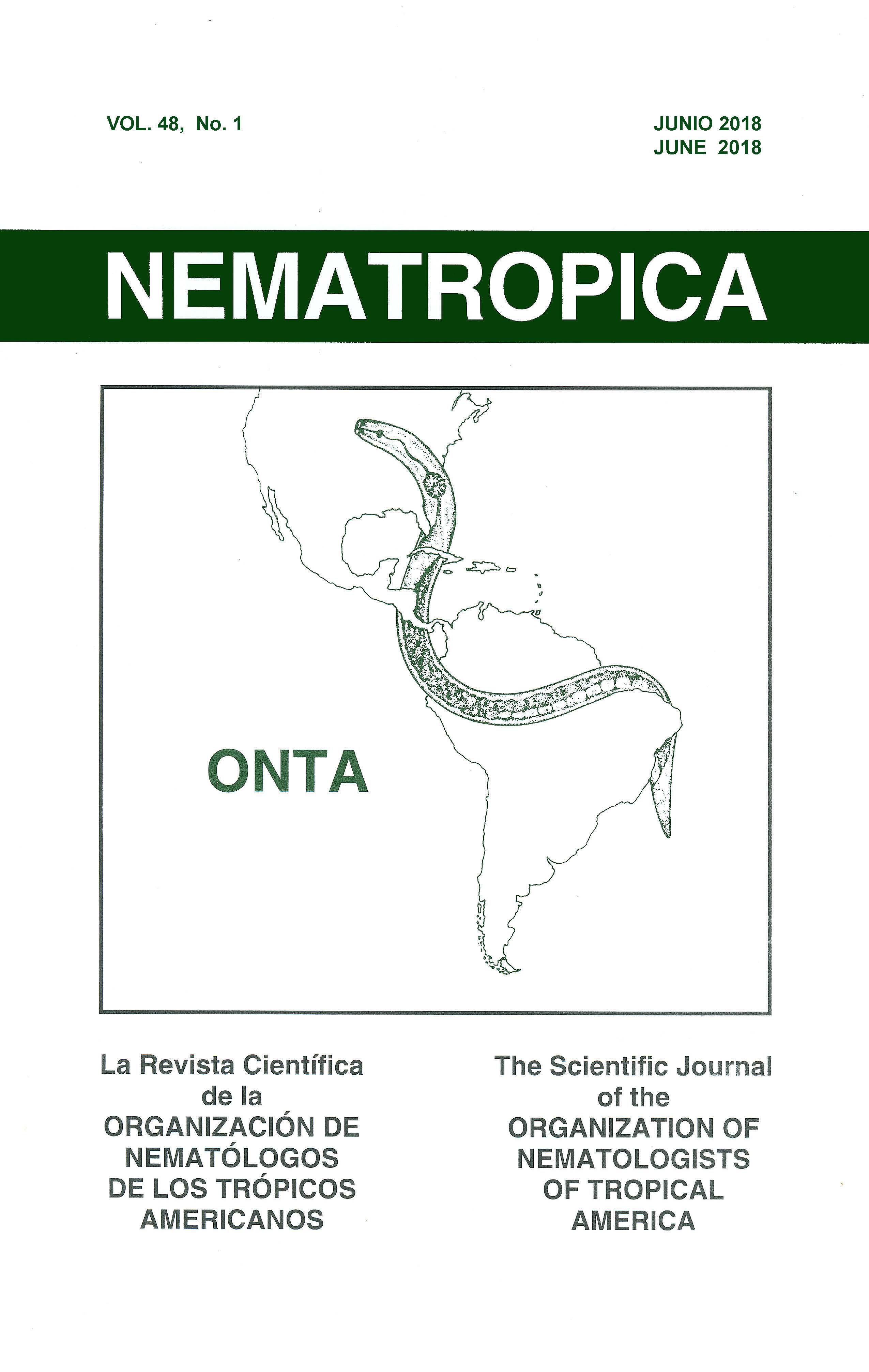RELATIONSHIP BETWEEN SOYBEAN CYST NEMATODE, HETERODERA GLYCINES, AND SOIL NEMATODE COMMUNITIES UNDER LONG-TERM TILLAGE AND CROP ROTATION SYSTEMS
Keywords:
corn, free-living nematode, Glycine max, maize, management strategy, resistant, susceptible cultivarsAbstract
Despite a substantial knowledge of the biology of the soybean cyst nematode (SCN), little is known about its establishment in soil relative to the overall nematode community as affected by tillage and cropping systems. The objective of this study was to determine the relationship between SCN and the soil nematode community under tillage (chisel plow and no-till) and monocropping of either maize (C), SCN-resistant (R), SCN-susceptible (S) soybean, or cropping regimes that alternated resistant or susceptible soybeans with maize on an annual basis (RCRC or SCSC rotations). The SCN was introduced into a Sisson sandy loam (Fine, loamy, mixed, semiactive, mesic Type, Hapludalfs) field in East Lansing, MI, USA, which had never been planted to soybean, and where a native SCN population had not been detected. Six and seven years (2008 and 2009) after SCN introduction, the field was sampled and nematodes were enumerated as plant-parasitic, bacterial-feeding, fungal-feeding, predatory and omnivorous trophic groups. The overall abundance of SCN was lower than initially introduced but tended to positively correlate with total nematodes, plant-parasitic, free-living, and bacteria-feeding nematodes in both years. Generally, the abundance of all free-living and bacteria-feeding nematodes was higher in tilled than in no-till treatments and under SCN-infested than non-infested treatments. In 2009, monocropping of R and S soybeans generally resulted in higher total free-living and bacteria-feeding nematode population densities than where either type of soybean was rotated with maize. Our results suggested that tillage-driven conditions, which favor bacteria-feeding nematodes, also favored SCN establishment. This is the first report that clearly documented SCN establishment and management in a new location relative to tillage and crop rotation and the biological communities that drive the nutrient cycling processes.

